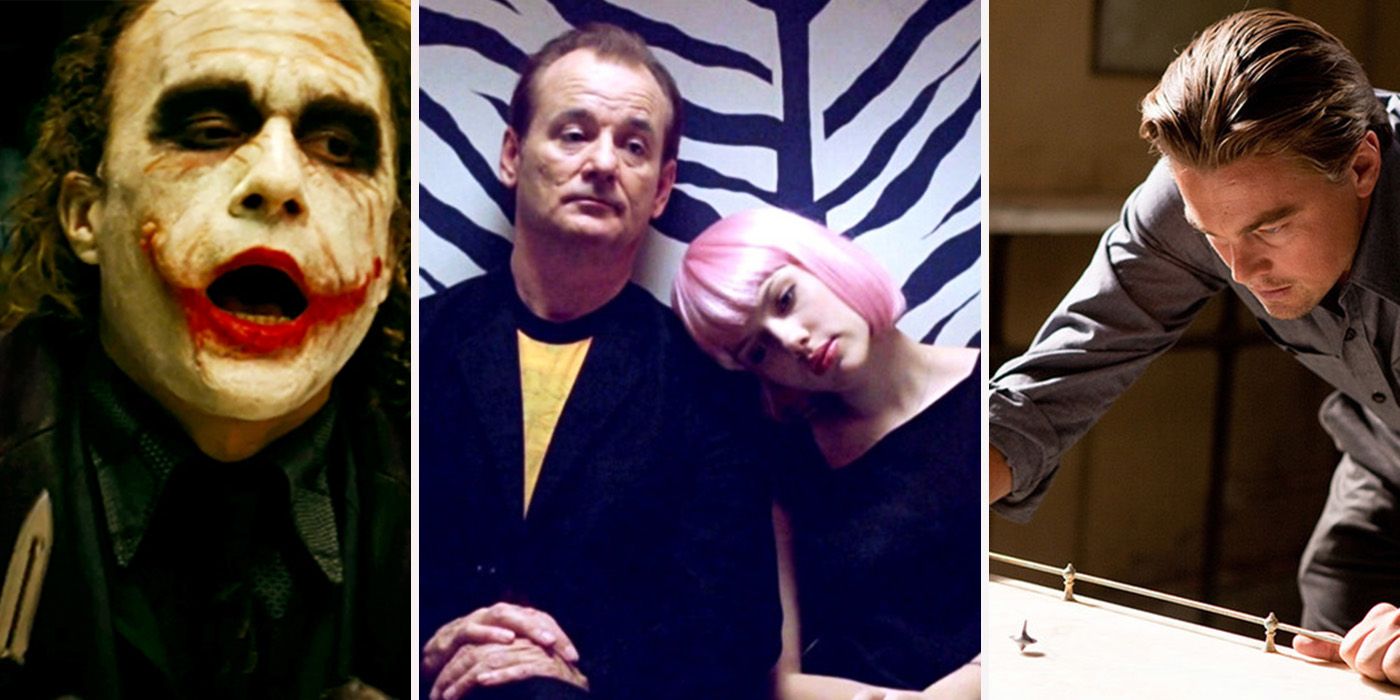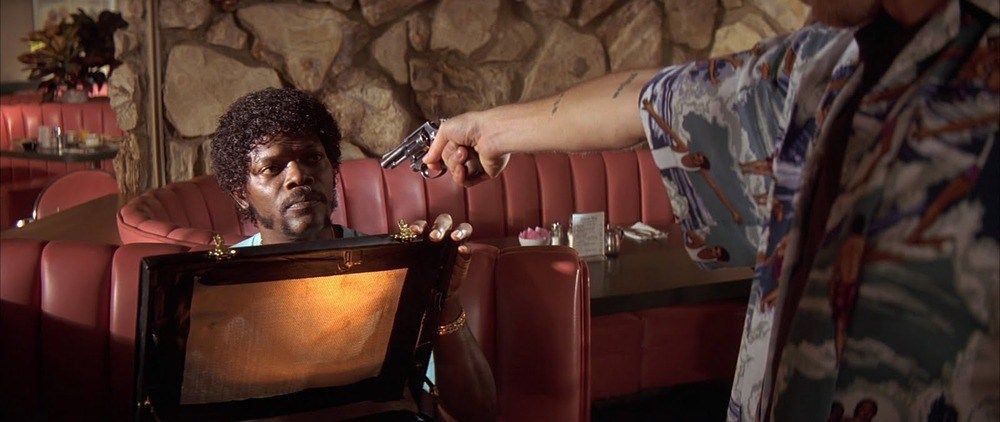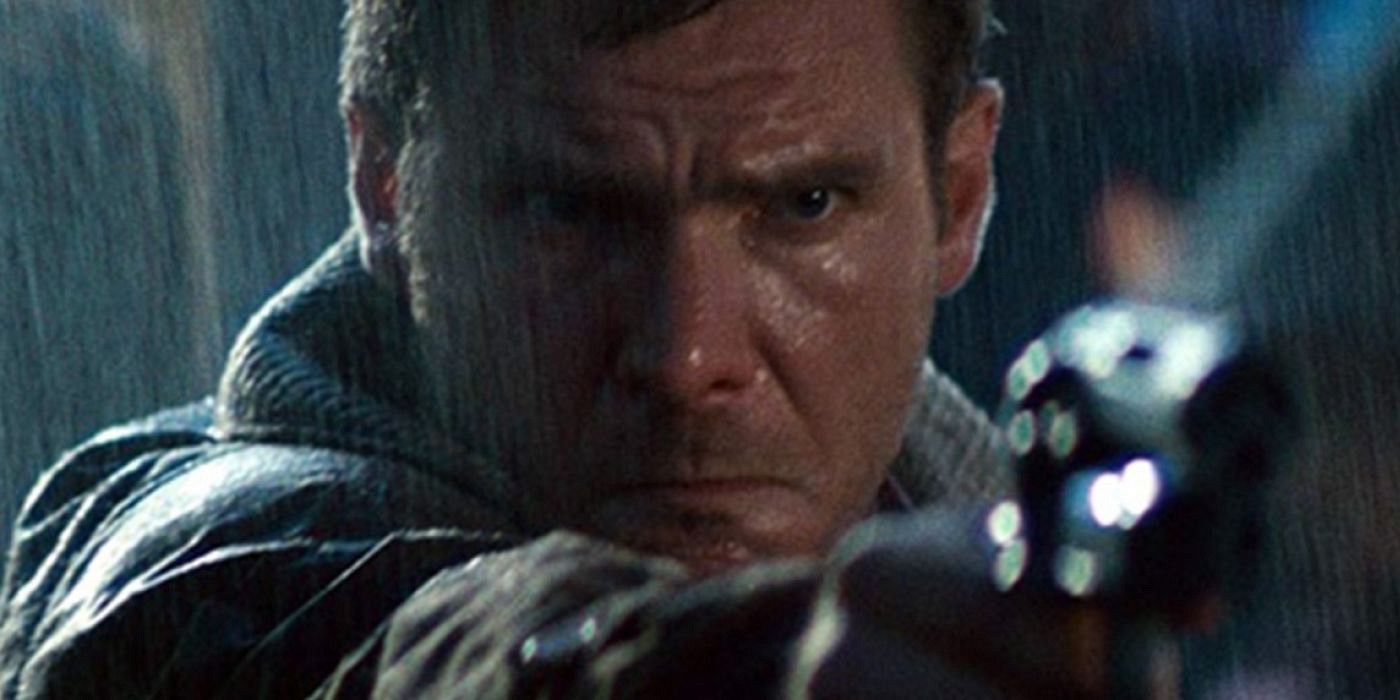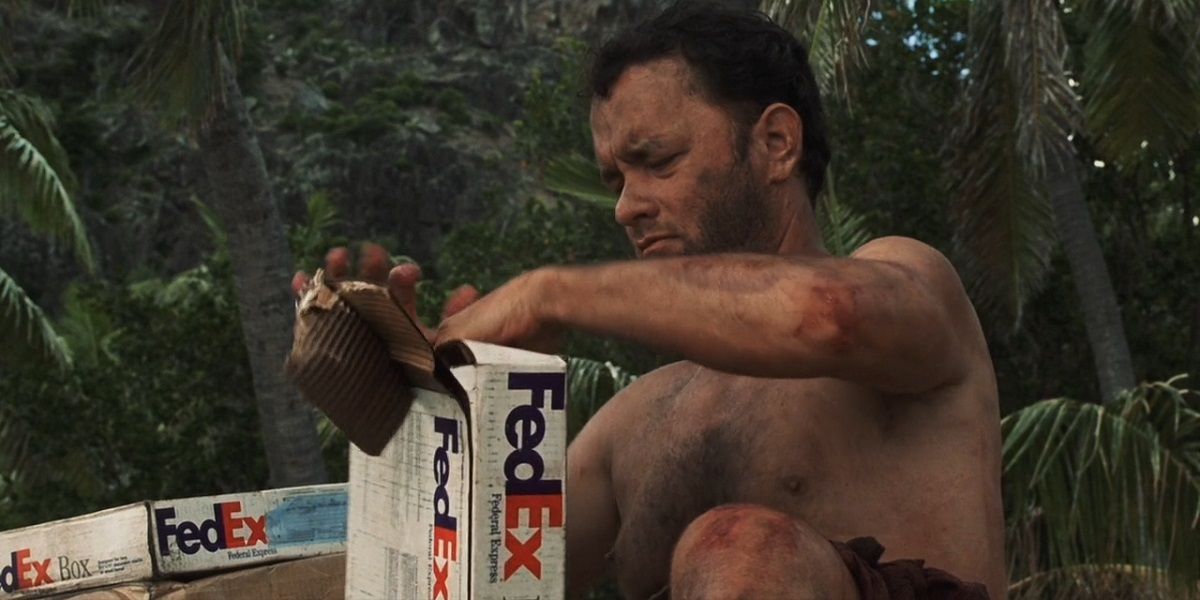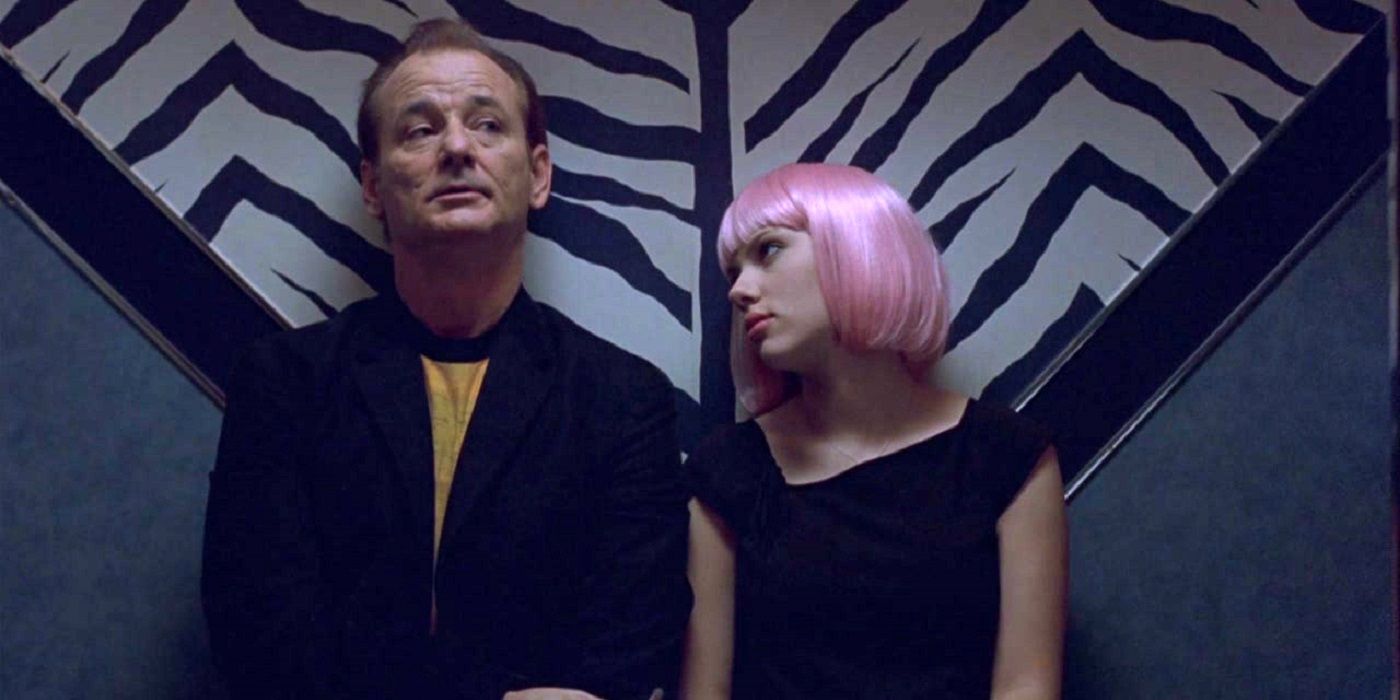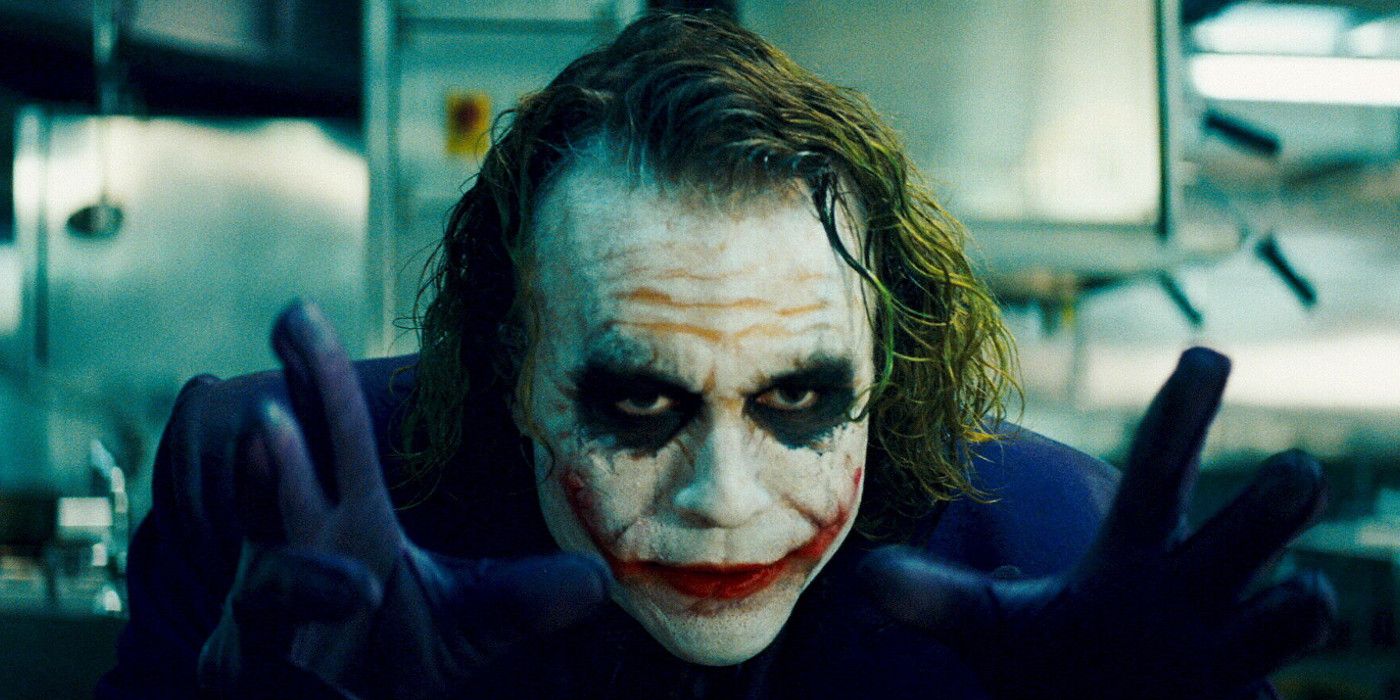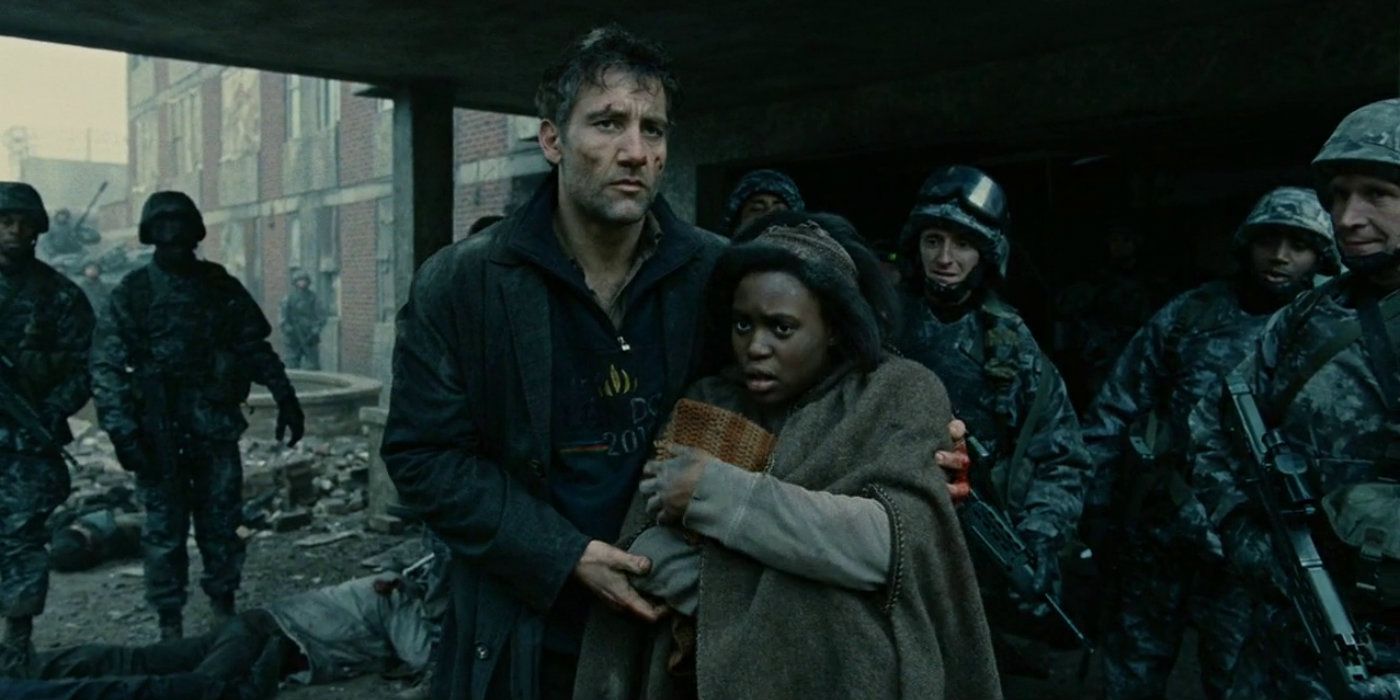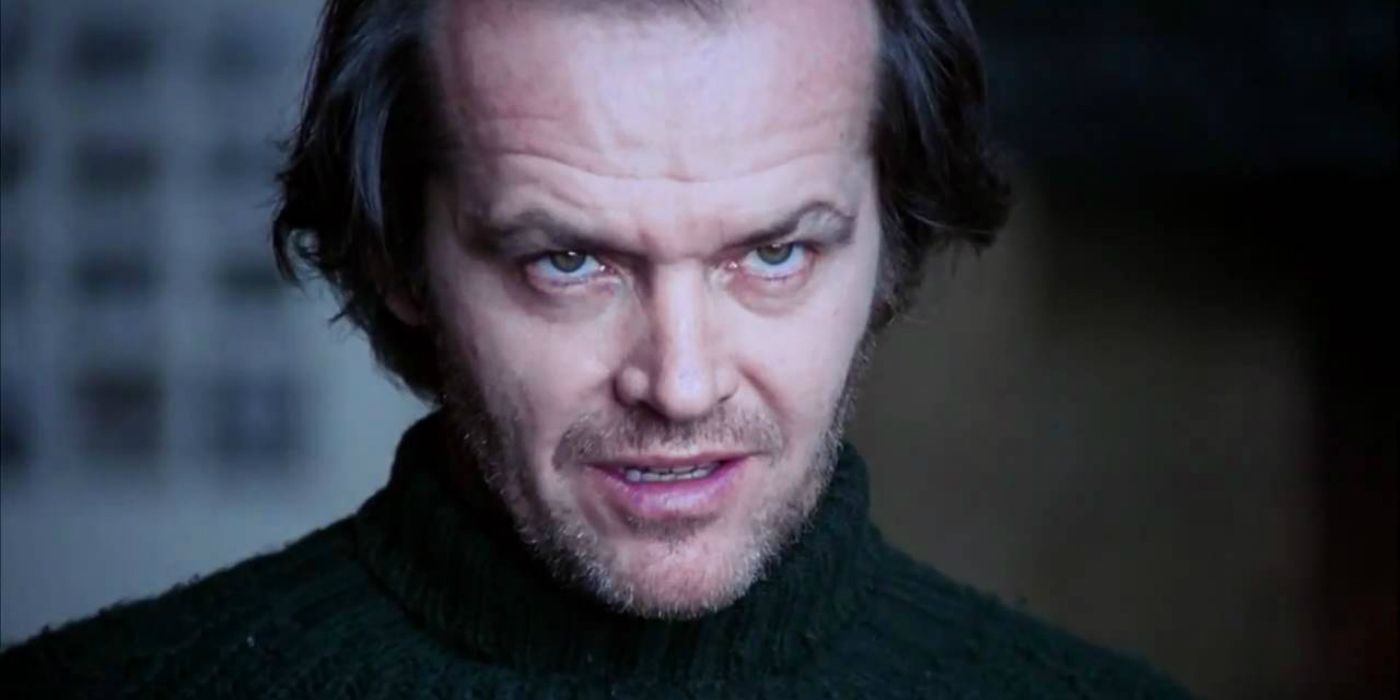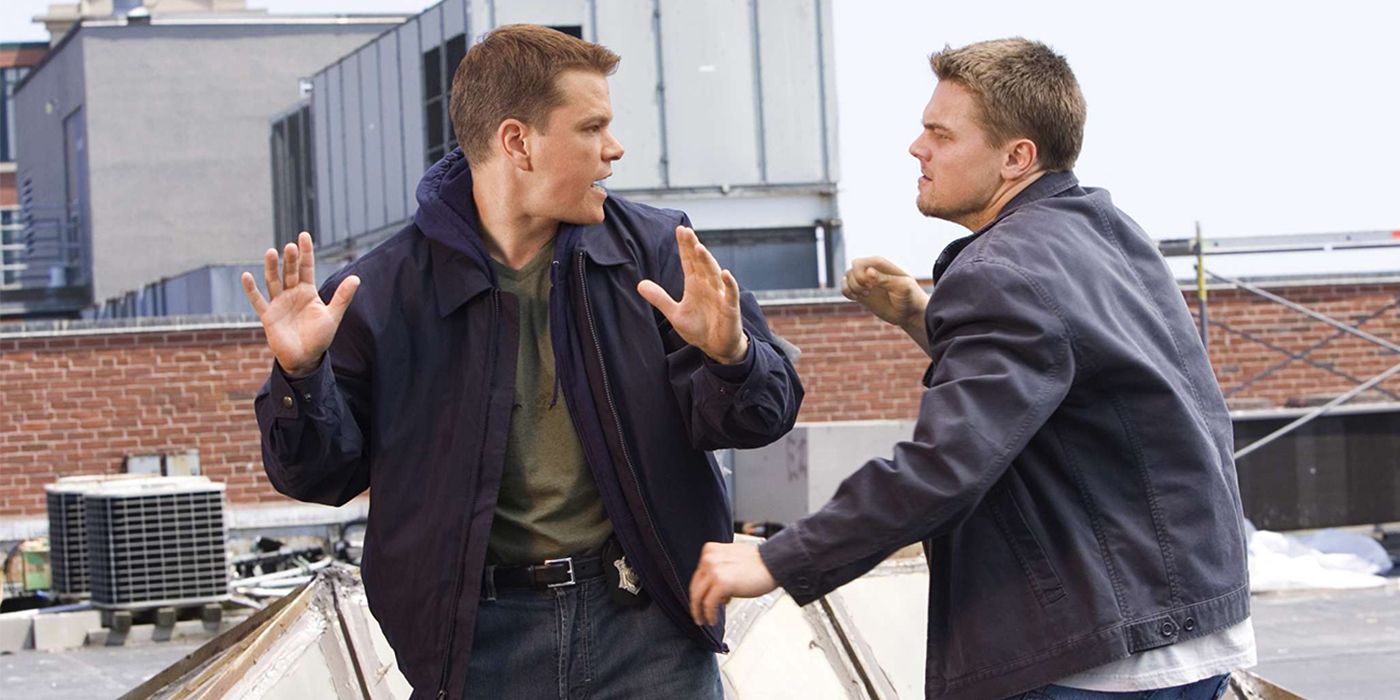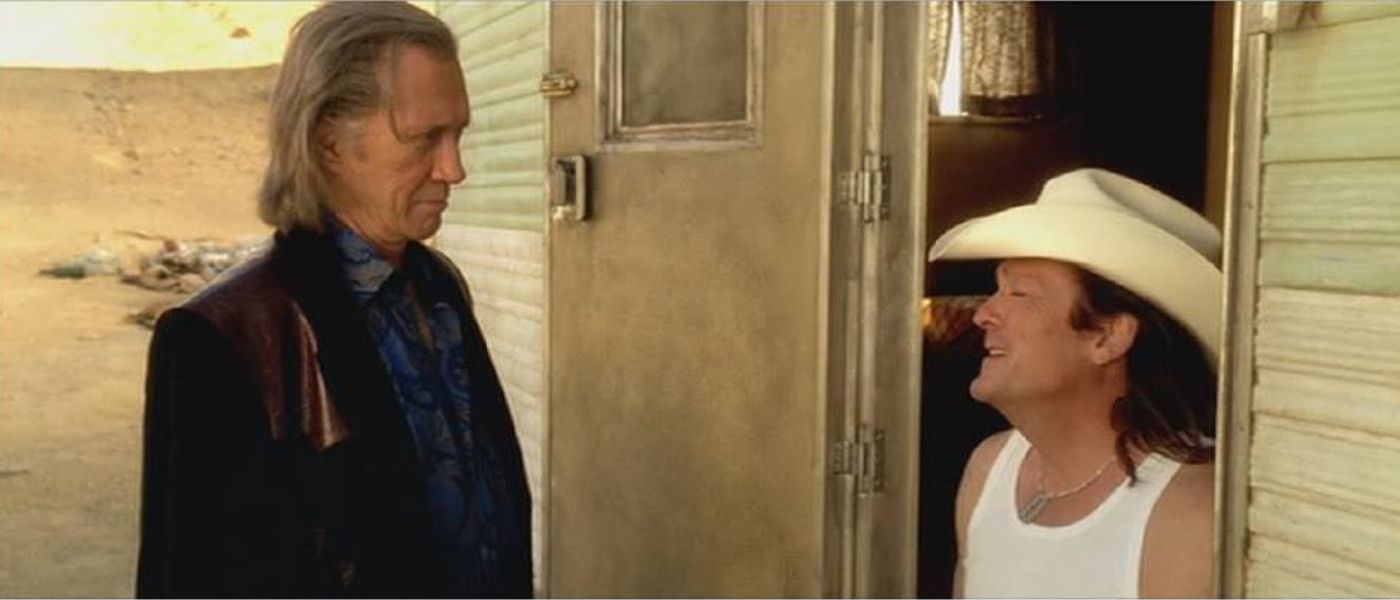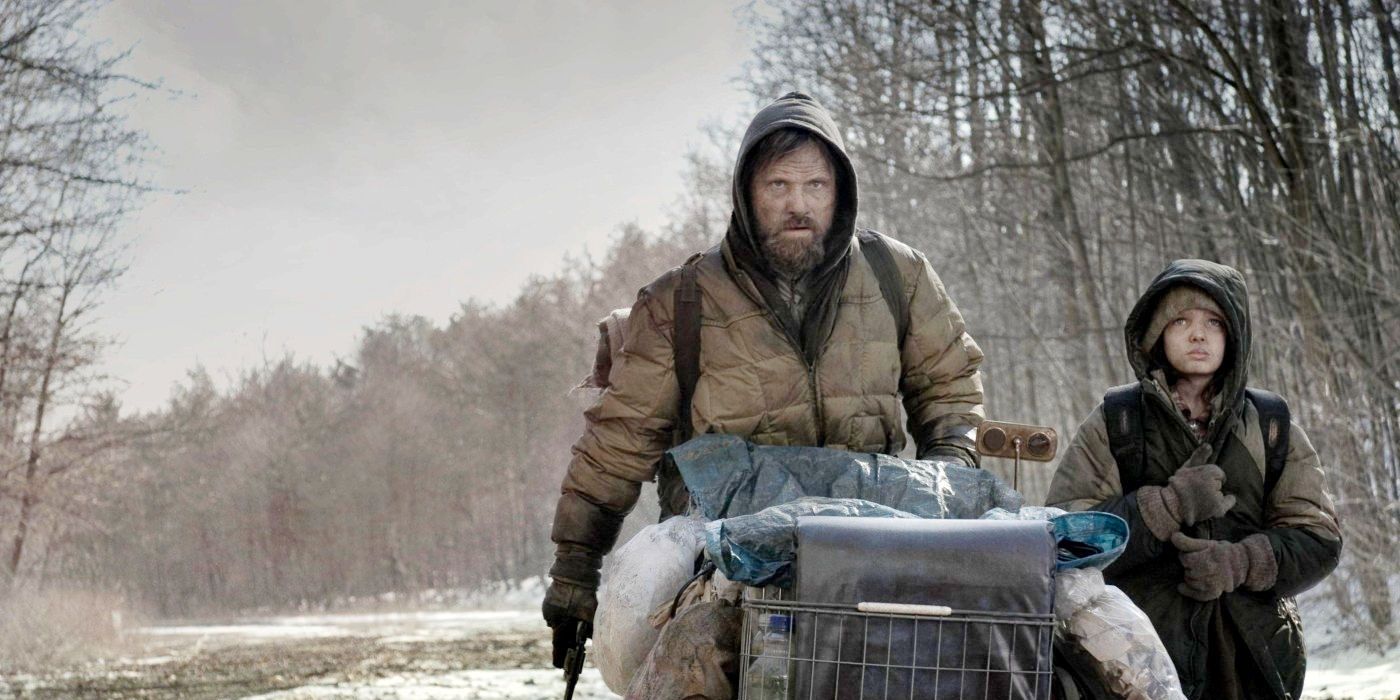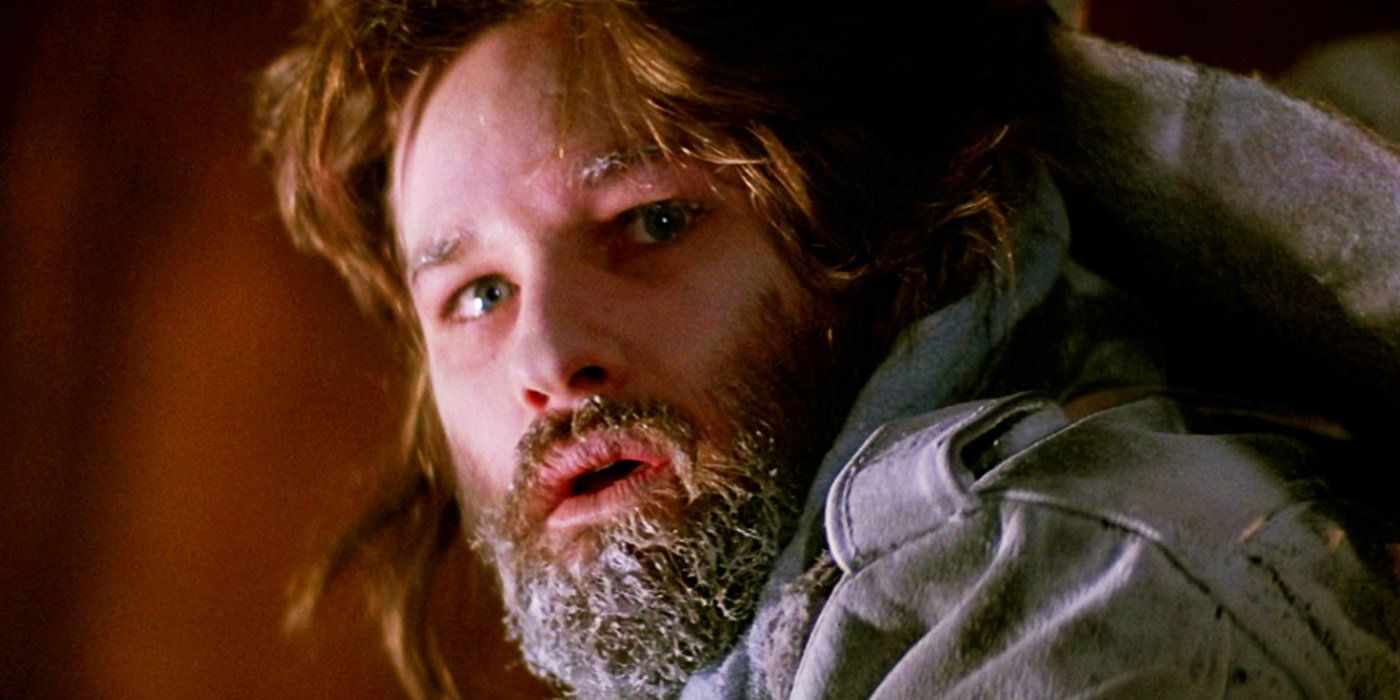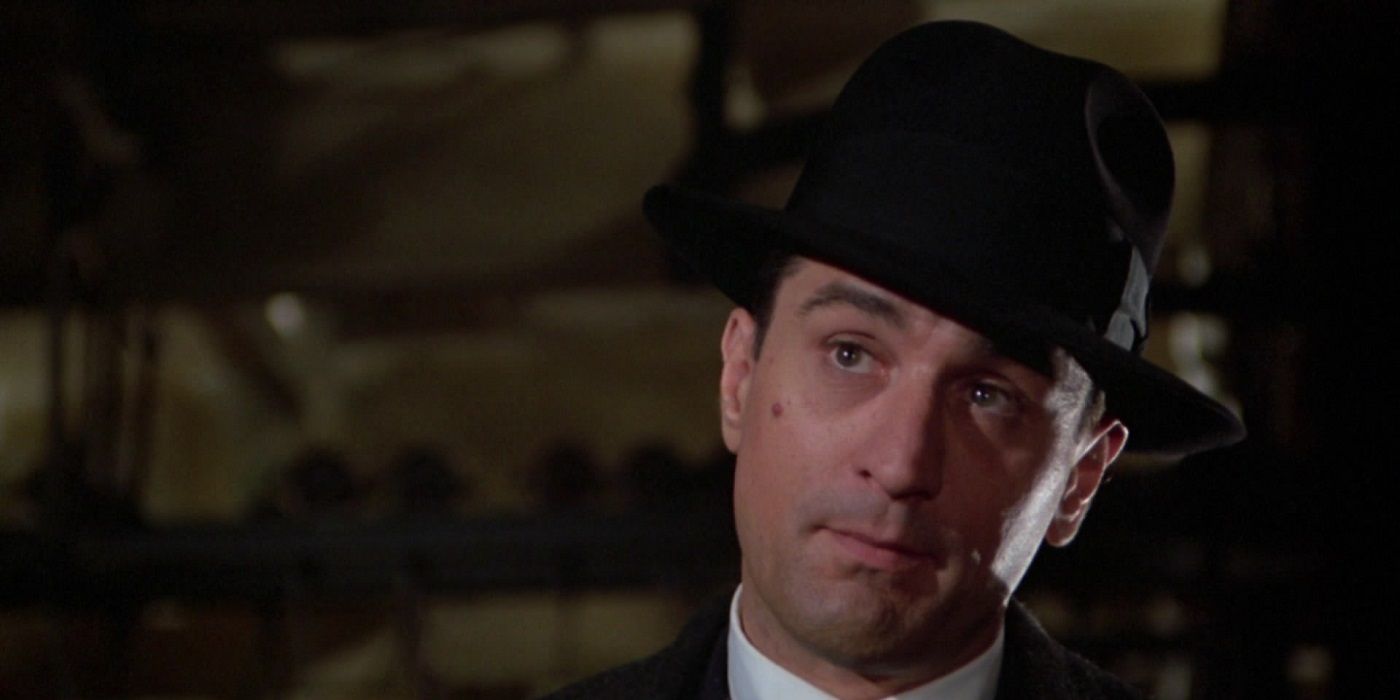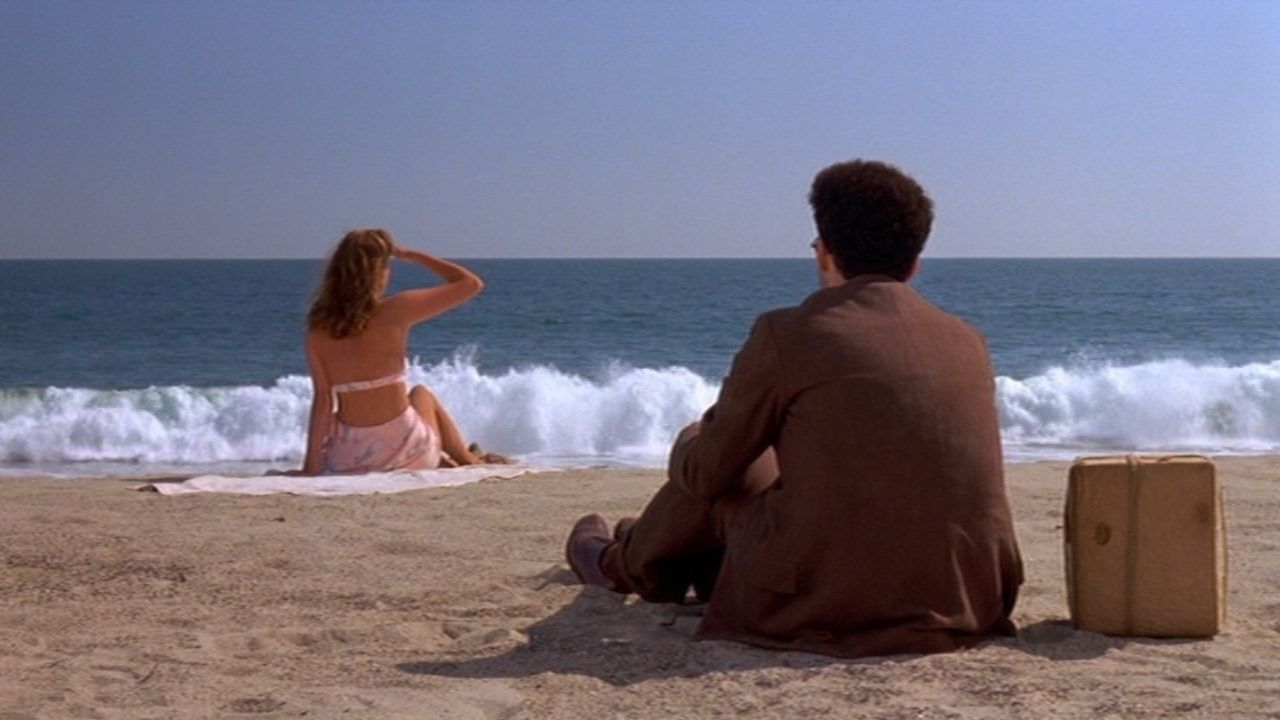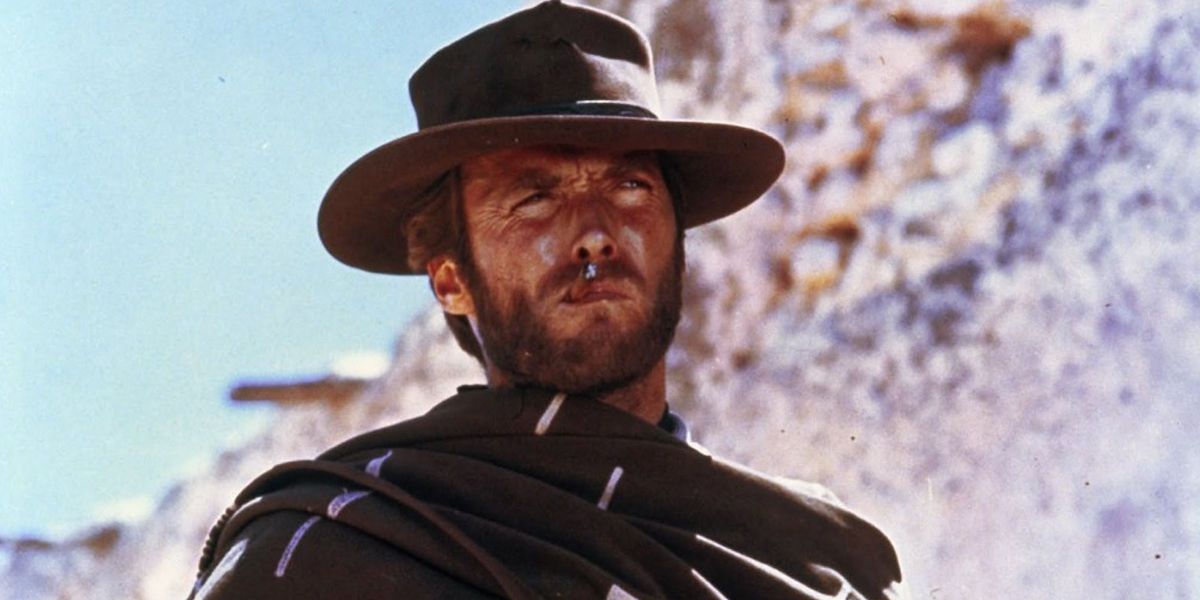In most films containing a mysterious element, the truth behind said mystery is revealed before the end credits roll. But that’s not always the case – indeed, some of the greatest movies of all time conclude with at least one major loose end intentionally left dangling.
While ambiguity in films can be seen as a good thing – it invites viewers to actively engage with the story in order to find answers, and encourages further discussion – it can also be more than a little maddening!
After all, curiosity is huge part of human nature – we desperately want (even need) to know the definitive answers to these cinematic questions, in the same way we crave the secret behind a magic trick. Yet as with a magic trick, should we ever actually uncover conclusive proof that unravels one of these puzzles, deep down, we know we’re bound to wind up disappointed – after all, they’re not really meant to be solved.
Nevertheless, we all still try to decipher these big screen enigmas, and the detective work involved is undeniably fun.
With this in mind, here are 15 Movie Mysteries That Have Never Been Solved.
Pulp Fiction - The Briefcase
The unknown contents of the briefcase in Pulp Fiction represent something of a paradox, as they constitute a mystery that has been solved, yet at the same, can’t ever be. Director Quentin Tarantino didn’t actually have anything in mind – he just intended whatever was in the case to function as a McGuffin, driving the plot forward.
What matters is that the briefcase stores something precious enough to provide motivation for the characters – indeed, initially, the case was to contain diamonds, This was later deemed too generic and replaced by an unseen, glowing item, leaving audience members to imagine something they prize highly.
This hasn’t stopped fans from coming up with increasingly fanciful theories regarding what the briefcase contains – a popular argument identifies the luminous substance as gangster Marcellus Wallace’s soul – which, while technically not correct, are valid nonethless.
Blade Runner - Is Deckard A Replicant?
Yes, Ridley Scott remains adamant that former police detective Rick Deckard was really a Replicant in Blade Runner – but the open-ended nature of the film itself still leaves this open for debate!
There’s plenty of evidence to support Scott’s stance that Deckard is a synthetic lifeform – not least of all his recurring unicorn dream, which is heavily implied to be a neural implant. Equally, there’s some noteworthy dissenting arguments, with none other than Deckard's portrayer, Harrison Ford, maintaining that he was portraying a human character.
As with many entries on this list, it’s arguably the question that matters far more than the answer – which is probably why Denis Villeneuve’s follow-up Blade Runner 2049 tactfully avoided explicitly addressing the issue.
Really, it all comes down to whether you side with Scott or with Ford – although it’s worth noting that in Philip K. Dick’s original novel, Rick was categorically human.
Inception - Is Cobb Awake or Dreaming?
The biggest talking point about Christopher Nolan’s Inception is its unresolved ending. Here, we see dream thief Dom Cobb reunited with his children, while his totem – a top he uses to determine whether he is awake or not – continues to spin on. Before we witness whether the top continues to revolve indefinitely (indicating our guy is dreaming) or not, the screen cuts to black, leaving us guessing.
Nolan himself has been unsurprisingly coy on the matter, maintaining that the truth is somewhat meaningless, given Cobb himself clearly no longer cares (he ignores his totem, after all). That said, there is evidence in the film – everything from the top wobbling slightly to Cobb’s absent wedding ring (typically a clue that he’s awake) – that strongly support one conclusion.
Nevertheless, it’s impossible to prove outright whether the events of the finale are fantasy or fact, and debate rages online to this day.
Cast Away - FedEx Box
Cast Away sees systems engineer Chuck Noland stranded on a deserted island. Left to fend for himself, Noland develops survival skills that would make Bear Grylls proud – although the Man vs. Wild star would undoubtedly frown on Chuck’s reliance on a stash of FedEx boxes that washed ashore with him.
During his unplanned holiday, Noland tears open all of these parcels save one. He leaves thislone box sealed up as a symbolic promise to himself that he’ll make it home to personally deliver it to its intended recipient.
To his credit, Noland does ultimately make good on this promise, however we still never get to see the box opened, making this another “mystery box” entry on this list!
Director Robert Zemeckis once quipped that the package contained a satellite phone – which would actually have been kind of brilliant.
Lost In Translation - The Whisper
Somewhat ironically for a film that succeeds largely due to its sparkling dialogue, the big mystery in Lost in Translation surrounds several lines that can’t be heard.
When fading film star Bob Harris bids a heartfelt farewell to college grad Charlotte on the streets of Tokyo, he whispers part of his goodbye in her ear. Director Sophia Coppola deliberately left this ad-libbed dialogue inaudible to audiences, but that hasn’t stopped eager fans from trying to suss out what’s being said.
Indeed, a quick online search will return videos where editing software has been used to amplify Bob’s voice, supposedly revealing his message to Charlotte. However, given the dreadful audio quality involved, and as the dialogue was unscripted, we’ll never be 100% certain of the exact wording.
E ven if we could be, frankly, this scene stands as a further reminder that some things are best left to the imagination.
The Dark Knight - The Joker's Scars
Heath Ledger’s Oscar-winning turn as the Joker in The Dark Knight is rightly regarded as one of the most iconic villains in film history. While much of this is due to Ledger’s phenomenal acting skills, at least some credit should go to director Christopher Nolan and his co-writer, sibling Jonathan.
In order to craft a truly chilling baddie, the Nolans opted not to serve up a definitive origin for the Clown Prince of Crime. Instead, in nod to graphic novel The Killing Joke, their Joker prefers to take a multiple choice approach to his backstory, relaying two conflicting accounts of how he received his distinctive facial scars.
We never find out whether either story is true – or if he was going to come clean to the Dark Knight prior to being interrupted during the finale – but knowing the Joker, we wouldn’t count on it.
Children Of Men - Cause of infertility
In Alfonso Cuarón’s big screen adaptation of P.D. James’ novel Children of Men, humanity is forced to confront its own extinction after 20 years of worldwide infertility. While a glimmer of hope does arrive in the form of pregnant refugee Kee, we’re never told exactly how our species found itself in such dire predicament in the first place.
Admittedly, hints are scattered throughout the film – everything from divine judgement to environmental upheaval are presented as possible causes for humankind’s woes. Cuarón – who is vocal on his dislike of exposition-heavy storytelling – intentionally keeps the audience in the dark, both in the movie itself and in subsequent interviews as well.
With the source material providing no additional clarity, it’s going to be tough to ever close the file on this one – although given James wrote the book as a Christian parable, it’s at least possible to speculate on what her original intentions were.
The Shining - Jack's fate
The Shining arguably sets the standard when it comes to ambiguous storytelling on film. Stanley Kubrick’s spine-tingling depiction of Jack Torrance’s slow descent into madness contains numerous unexplained happenings over the course of its 144 minute runtime.
Take the final scene of the film, where a photograph taken in the Outlook Hotel during the 1920s is shown – with Jack standing front and center -- for example. What’s going on here?
One popular theory is that the haunted house has absorbed Jack after he died mid-homicidal spree. Another suggests that the modern day Jack is a reincarnation of a previous occupant from all those years ago.
Regardless of what you believe, we’ll never really know what Kubrick was getting at here – the director preferred to leave the guesswork to audiences, and the photograph doesn’t feature in Stephen King’s original novel – but it gives us shivers just thinking about it.
The Departed - Who's the father?
Martin Scorsese’s crime thriller The Departed follows the game of cat and mouse between undercover cop Billy Costigan and Irish mob mole Colin Sullivan, who operates within the Massachusetts State Police.
As you’d expect in such a murky scenario, things get pretty tangled along the way – especially after Costigan starts sleeping with Sullivan’s girlfriend, Madolyn.
When Madolyn falls pregnant, it’s not immediately clear who the baby daddy is – Costigan or Sullivan. It’s strongly implied that Sullivan was dysfunctional in the bedroom, whereas from what we see of Costigan and Maddie’s trysts, he definitely did not suffer from similar inadequacies.
Still, Madolyn feels confident enough to reveal the pregnancy to Sullivan without raising his suspicions, which means that there’s at least an outside chance he could be the father.
Kill Bill - Budd and Bill's feud
Another Tarantino movie, another unsolved mystery! In Kill Bill: Volume 2, we learn that Bill and his brother Budd fell out sometime in the past. Exactly what caused the spat between the pair is never revealed – we just know it was enough to prompt Budd to turn his back on the Deadly Viper Assassination Squad forever.
The tension here may stem from Budd’s guilt over his part in the attempted murder of the Bride and her unborn baby. Budd is obviously haunted by his actions – he freely concedes the Bride deserves her revenge – and it’s reasonable to assume he blames his big bro for involving him in what went down.
At the same time, it’s just as possible that their tiff is over something totally unrelated, so unless Tarantino decides to spill the beans, we’ll never know for certain what it was.
The Road - The Apocalypse
If there’s one thing cinema’s not short on, it’s post-apocalyptic visions of the future – and few are more harrowing than John Hillcoat’s The Road.
Based on the Pulitzer Prize-winning novel by Cormac McCarthy, the film follows the efforts of an unnamed father and son to survive in a world ravaged by an unspecified cataclysmic event. Hillcoat remains faithful to the original text, and never shares with the audience the exact nature of the disaster that befell the planet.
It is possible to make an educated guess – the ash-covered landscape, combined with all wildlife dying out, indicates a nuclear holocaust, a meteor shower, or even a massive volcanic eruption. But at the end of the day, getting too caught up on what caused The Road’s dystopian setting really misses the point of the story: “What comes next?”
The Thing - Who is the Thing?
The eponymous “thing” of John Carpenter’s '80s cult classic The Thing is a parasitic alien capable of possessing and imitating its human prey. Unsurprisingly, when such a lifeform is let loose on a research base in Antarctica, a climate of rampant paranoia quickly manifests itself.
After the occupants of the base start to drop like flies – victims of either the Thing or their own jumpy colleagues – only pilot R.J. MacReady and mechanic Childs are left standing. With the monster apparently killed, it seems like the duo can rest easy. Or can they?
As it turns out, not really. See, there’s a chance that either MacReady or Childs could still be playing host to the Thing, and there’s nothing they (or we) can do to prove it. Both men seem to accept the hopelessness of their predicament, quietly sharing a scotch as they slowly freeze to death!
Once Upon A Time In America - Are the '60s scenes real?
Once Upon A Time In America is a movie filled to the brim with lingering questions – even the very last shot is a head-scratching sting!
In these closing moments, mobster Noodles stares straight at the camera with an unfocused gaze after taking a hit from an pipe, his lips spreading into a wide grin. If that sounds rather innocuous – just a dude getting high, after all – consider that this is a flashback, occurring before the previous scenes set in 1968.
This creates the highly plausible scenario that the entire section of the narrative that takes place in the late '60s never happened – amounting instead to little more than an opium-fueled hallucination. It’s hard to say either way, and that might be the most maddeningly brilliant thing of all.
Barton Fink - The box
Another instance where audiences were left to mull over the true nature of an unseen object, surreal period drama Barton Fink closes with the titular character sitting on a beach with a mysterious box. When questioned regarding what the box contains, Fink replies that not only does he not know - he doesn’t even know who owns it.
One of the most prevalent theories among film buffs is that the box contains the head of Fink’s murdered lover Audrey. This makes sense, considering the guy who gave him the box, Meadows, was a serial killer with a penchant for decapitating his victims.
Others favor a less literal, more symbolic interpretation, proposing that the box holds the metaphorical embodiment of the failed playwright’s creative abilities.
Regardless, directors the Coen Brothers have avoided discussing the subject for nearly 30 years, so don’t expect a resolution to this riddle any time soon.
The Dollars Trilogy - What is the man's name?
Outside of Dirty Harry, Clint Eastwood is probably best known for his iconic portrayal of the Man with No Name, the Wild West bounty hunter and gunfighter in the Dollars trilogy. All three films tend to be fairly open-and-shut affairs, with one key exception: as his moniker implies, we never learn the Man with No Name’s real name!
Sure, he has nicknames along the way – “Joe” in A Fistful of Dollars, “Manco” in For A Few Dollars More, and “Blondie” in The Good, the Bad and the Ugly – but these are hardly much to go on.
With Leone long dead, and Eastwood as tight-lipped as ever, it seems unlikely we’ll ever get an answer to this one – which is as it should be, as discovering the Man’s given name would rob this enigmatic figure of his legendary mystique.
---
Know of any other movie mysteries that have never been solved? Let us know in the comments!

